“This article dives into the practical, brain-based formula that unlocks true joyful learning, transforming classrooms into high-impact spaces where young minds thrive.”
5-minute read

Cynthia B. Kaye
Early Education Advocate | EdTech Innovator | CEO, Alive Studios
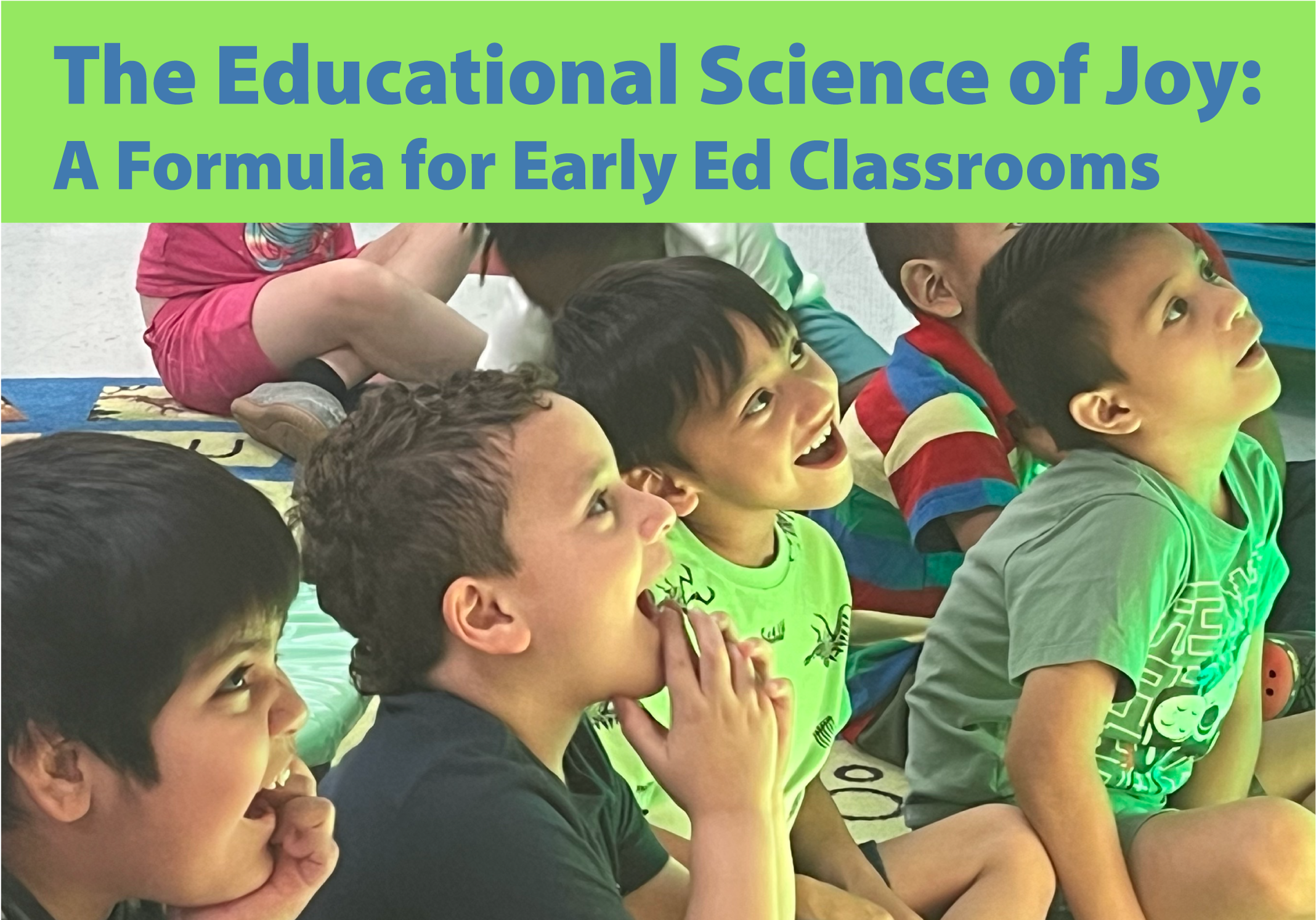
In today’s dynamic world, we often talk about the importance of “joyful learning.” But how do we move this beautiful philosophy from an abstract concept to a predictable outcome in every early education classroom? The answer, surprisingly, is rooted in structure. It’s not just about good intentions; it’s about intentionally designing environments that align with fundamental brain science principles for young children.
This article dives into the practical, brain-based formula that unlocks true joyful learning, transforming classrooms into high-impact spaces where young minds thrive.
The Brain Science Connection: Why Joy is Essential
The concept of joyful learning isn’t just a philosophy; it’s rooted in key neurochemical processes that optimize a child’s brain for attention, memory, and motivation. When children experience genuine joy, their brains are literally primed for deeper learning.
Dopamine & The Reward System: Joyful experiences trigger the release of dopamine, a neurochemical essential for motivation and cementing new knowledge into long-term memory. Novelty, surprise, and successful achievement are powerful dopamine activators.
Reduced Amygdala Activity (Lower Stress): When a child is engaged, successful, and feels safe, the brain’s stress center (the amygdala) is quiet. This calm state allows the prefrontal cortex (focus and executive function) and the hippocampus (memory) to work efficiently. Conversely, stress acts as a brake on learning, hindering cognitive function.
Novelty and Multi-Sensory Input: The brain prioritizes information that is rich, varied, and unexpected. Multi-sensory learning (involving sight, sound, and movement) creates more varied, robust neural pathways, making the information easier to retrieve and inherently more enjoyable.
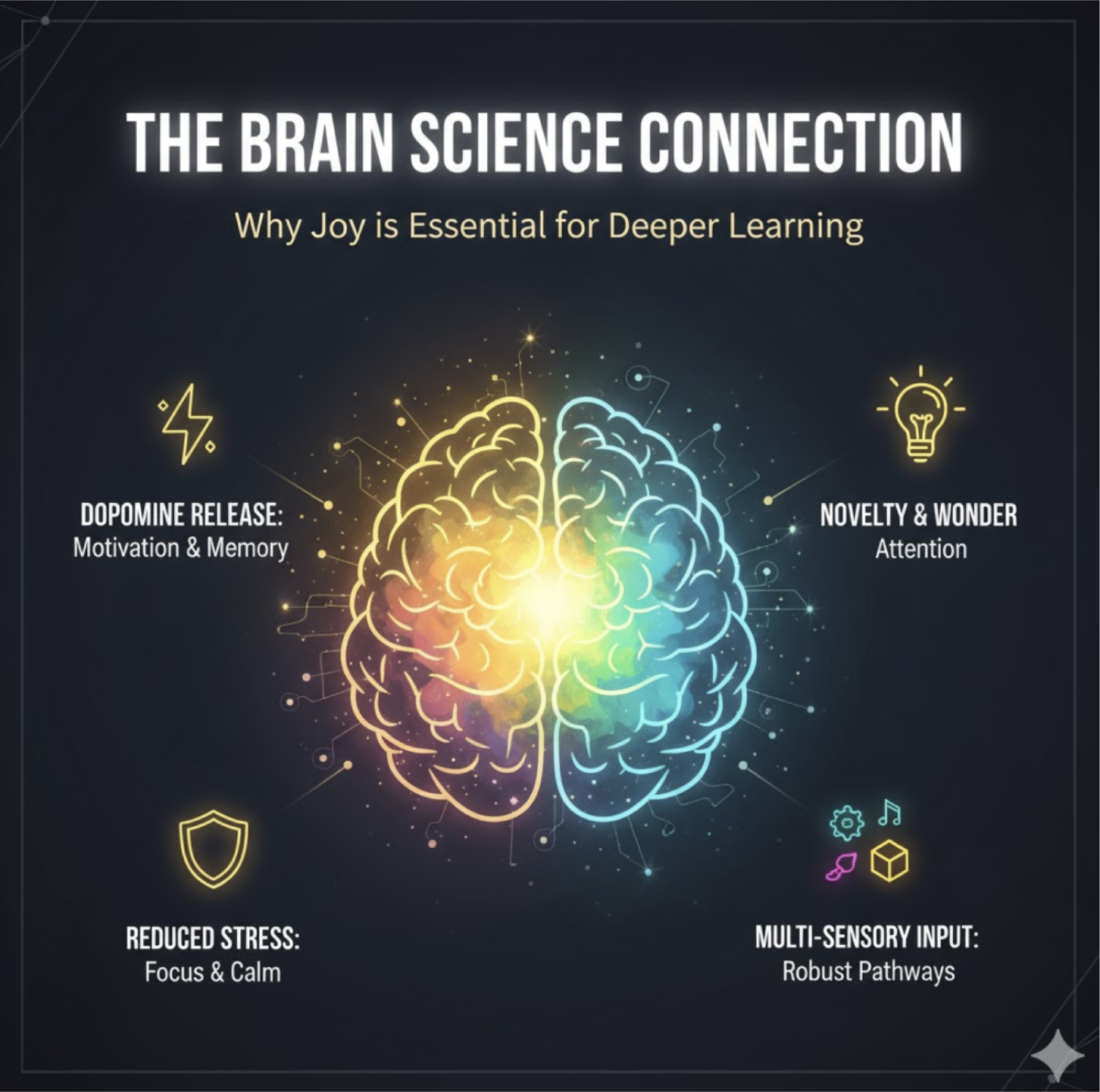
The Formula for Joyful Classrooms
Based on this science, the creation of a joy-filled, high-impact learning environment can be simplified into four intentional, repeatable components:

1. Safe & Supportive Environment
Educator Role: Establishing clear routines, consistent emotional safety, and strong, positive teacher-child relationships.
Brain Impact: Lowers physiological stress, freeing up cognitive energy previously dedicated to self-regulation for academic tasks. A calm brain is a learning brain.
2. Meaningful Engagement
Educator Role: Utilizing tools and methods that are immediately relevant, active, and hands-on, connecting the learning concept directly to the child’s world.
Brain Impact: Sustains attention, activates reward pathways (dopamine), and facilitates deeper processing of information.
Effective Tool Integration: Highly interactive elements are key. By utilizing dynamic, multi-sensory resources, you bridge the gap between abstract instruction (like a written number) and a tangible experience, making learning feel relevant and fun.
3. Perceived Success (Reducing the Struggle)
Educator Role: Providing appropriate scaffolding, timely and encouraging feedback, and structured opportunities for students to experience mastery frequently.
Brain Impact: Releases dopamine with each small win, boosting self-efficacy and replacing the stress of failure with the joy of accomplishment.
Effective Tool Integration: Low-Stakes Practice – Use interactive resources that allow children to practice concepts with immediate feedback. Personalized Feedback – Providing personalized, immediate feedback specific to the task prevents frustration from setting in and encourages successful task completion. This is a massive “joy-booster” for struggling learners.
4. Novelty, Wonder, & Multi-Sensory Input
Educator Role: Introducing new concepts, materials, and experiences that spark curiosity and break the monotony of routine.
Brain Impact: Triggers intense dopamine release and ensures the learning experience is highly memorable. Novelty acts as a powerful “wake-up call” for the brain, instantly increasing attention.
Effective Tool Integration: Utilizing multi-sensory experiences (sight, sound, kinesthetic interaction) creates more robust neural pathways, making the information easier to store, recall, and inherently more enjoyable.
Conclusion: A Strategic Investment in Human Potential
Ultimately, the Educational Science of Joy isn’t a soft theory; it’s a strategic roadmap.
This formula provides the clarity to design effective, high-impact learning environments that solve common struggles like focus and retention.
For our partners in the business community, the key takeaway is this: investing in joyful, brain-based early childhood education is the most direct and evidence-based investment we can make in a future workforce defined by resilience, focus, and drive. We are building the foundational executive function skills the C-suite needs.
Let’s work together to make this predictable, joyful success the standard for every child.
➡️ Share this with your Peers and Administrators!


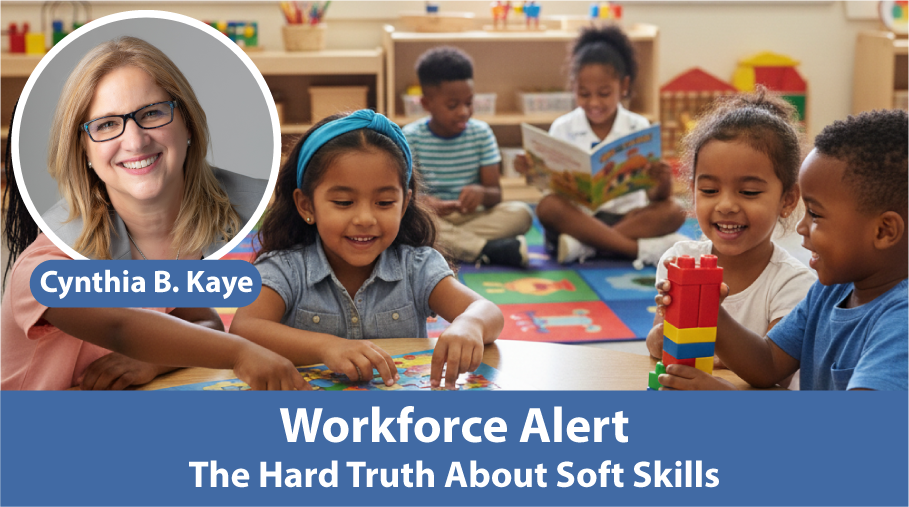

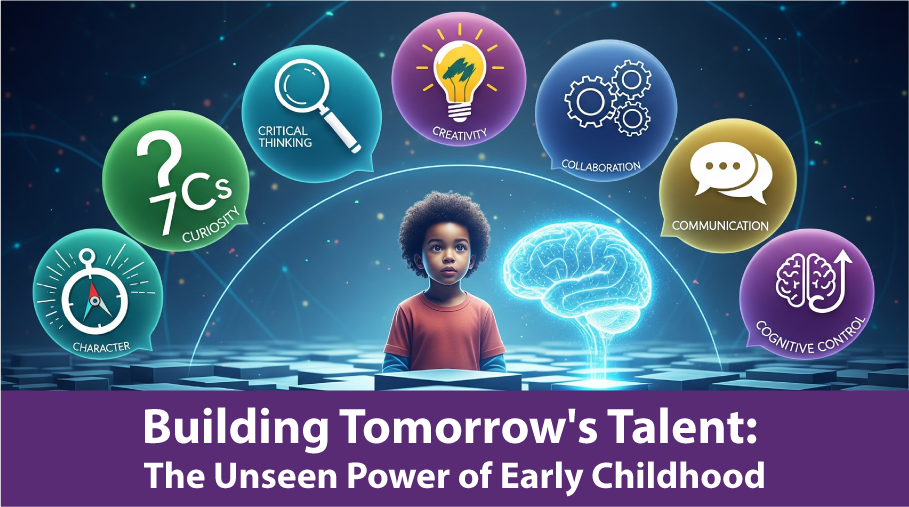





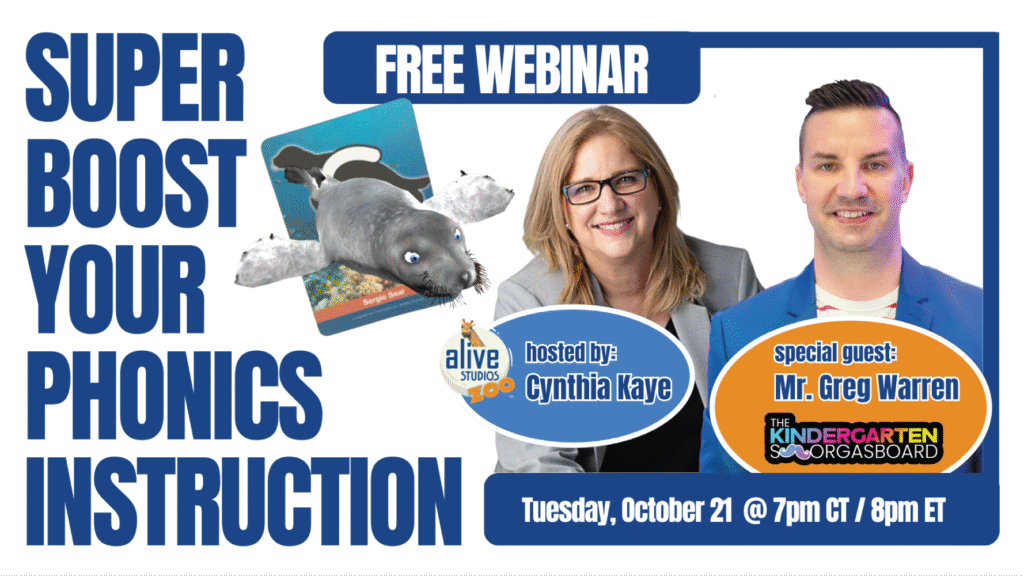
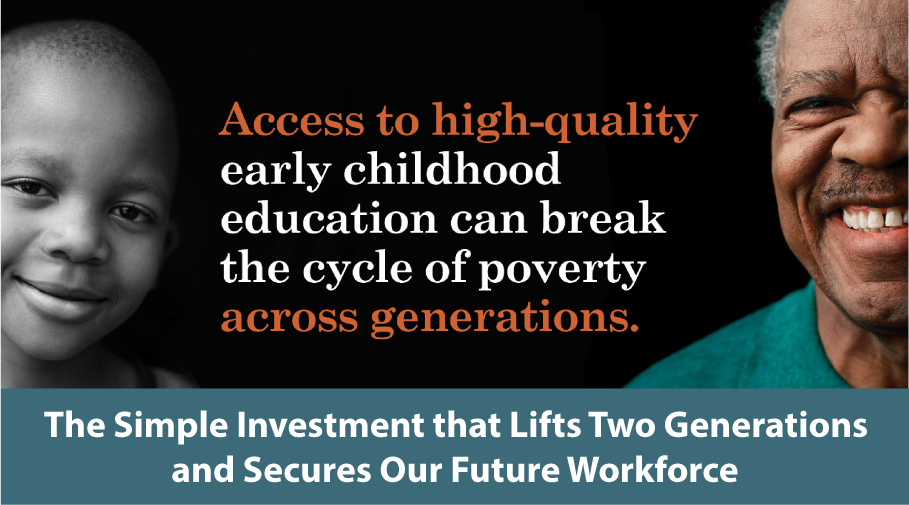
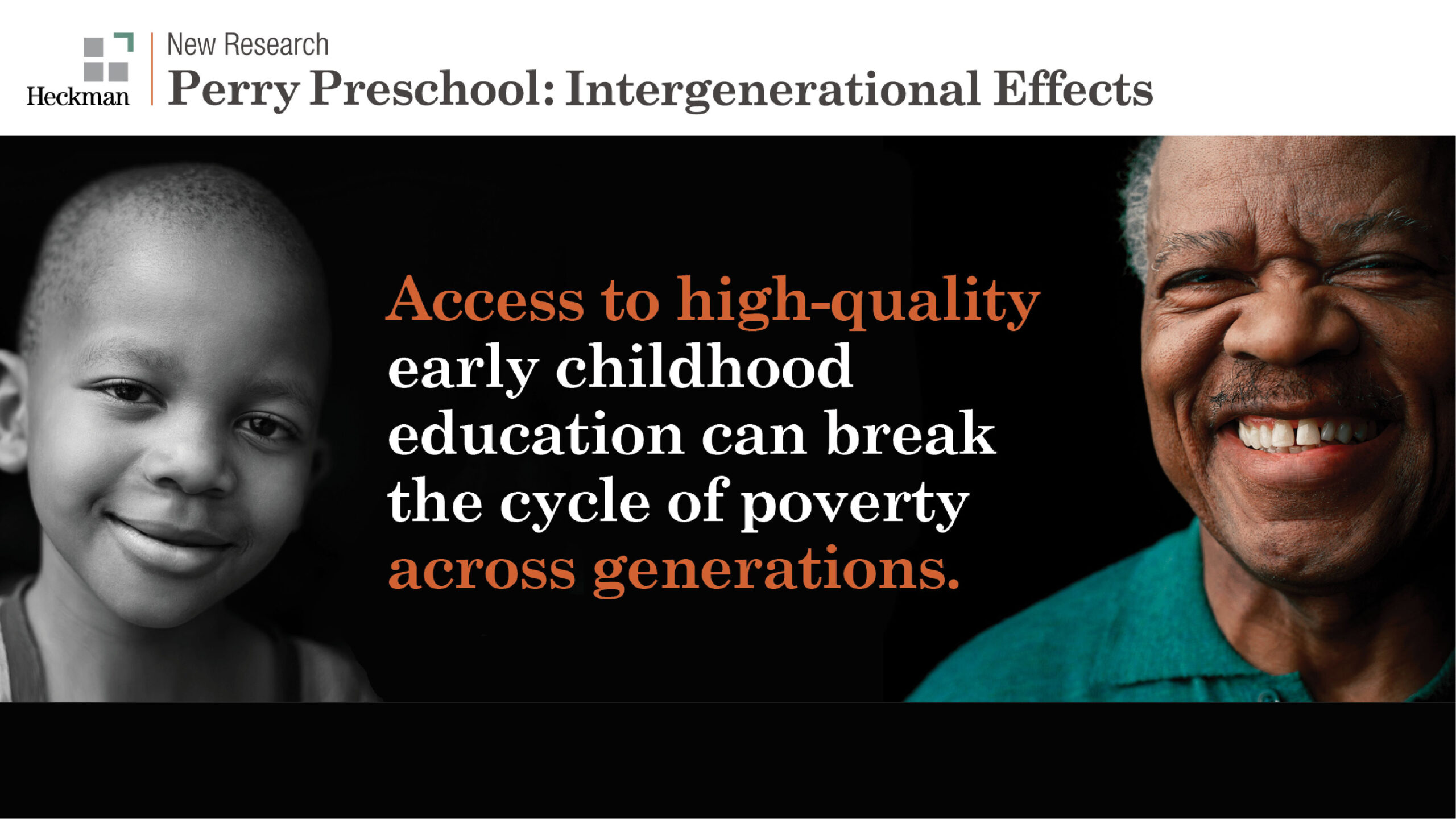
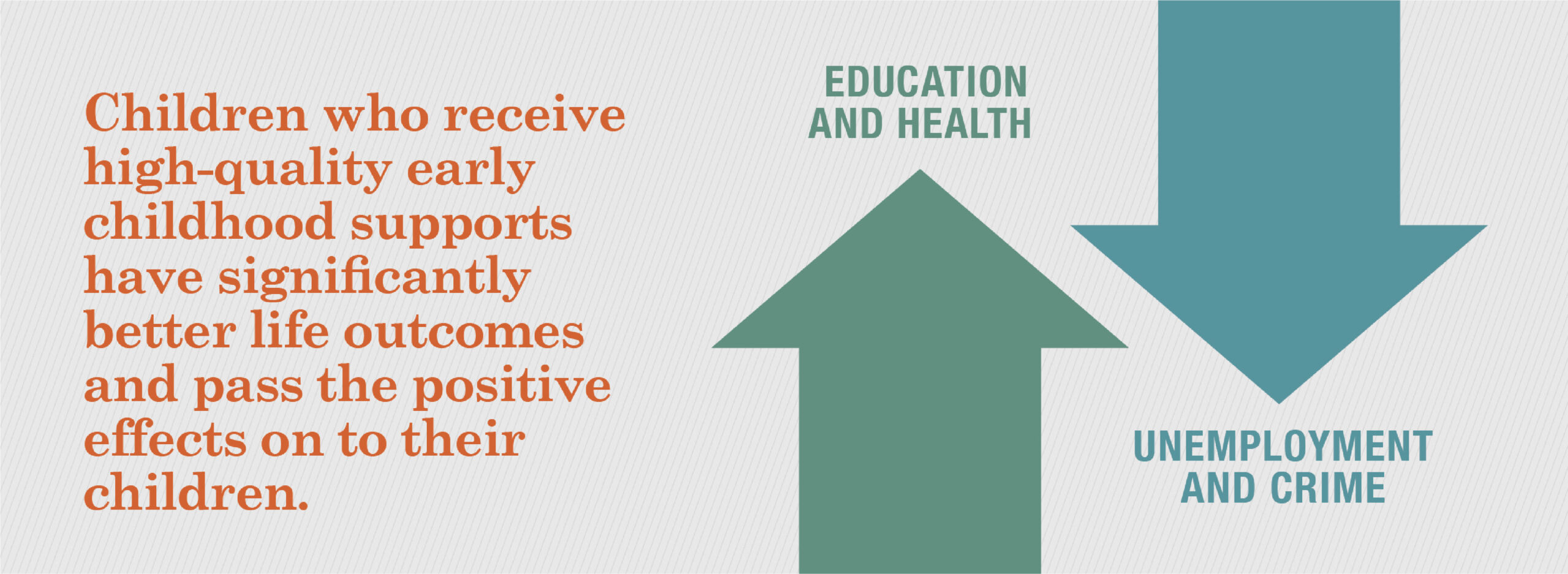
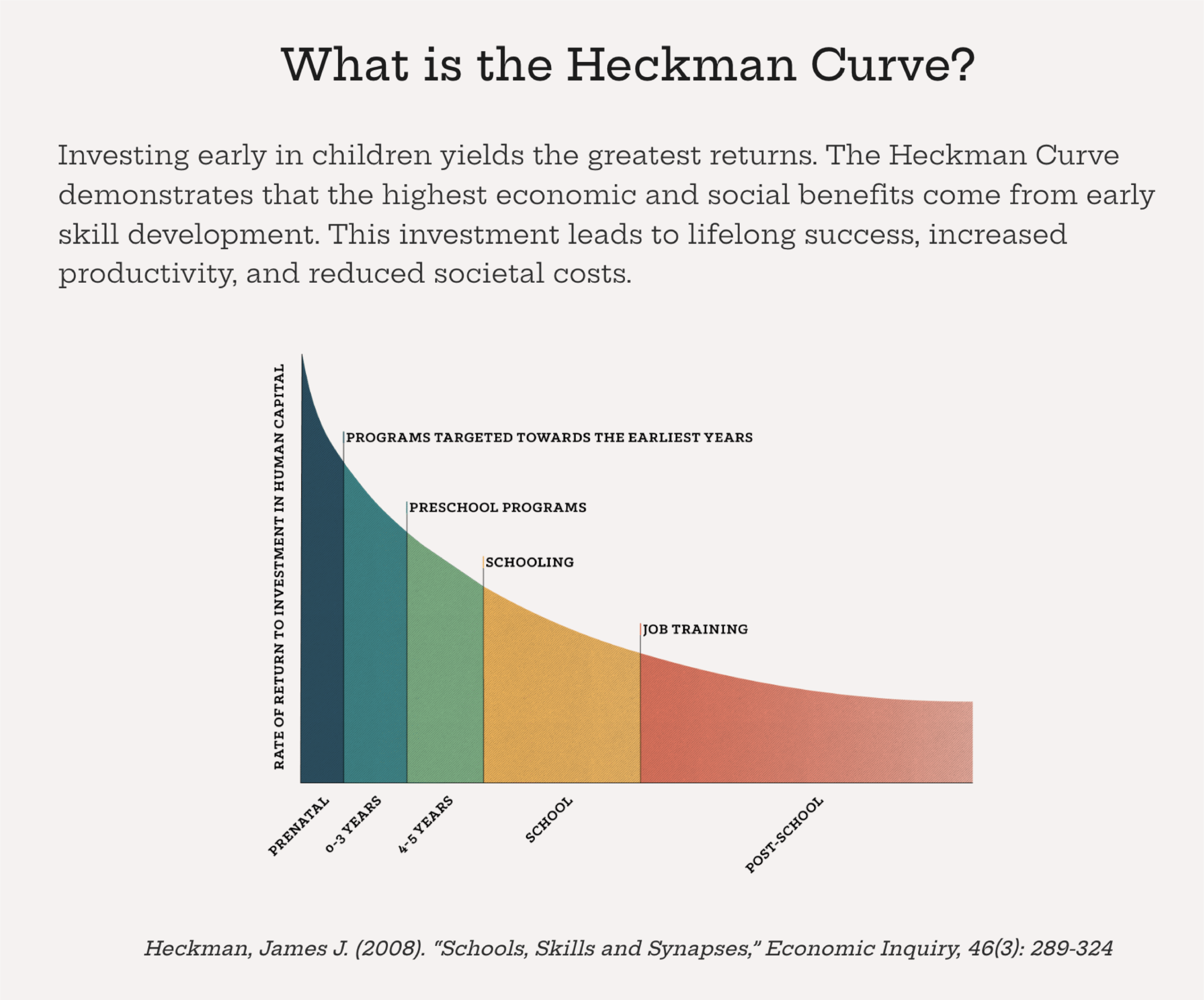
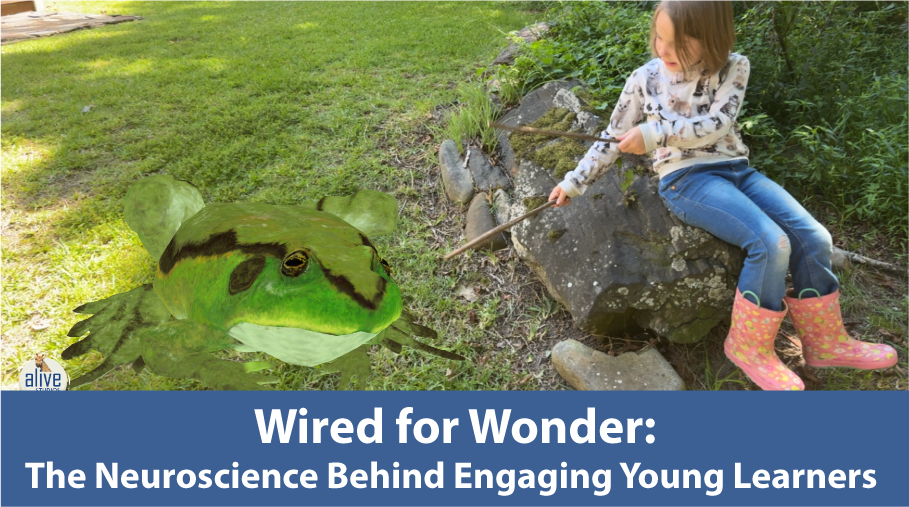





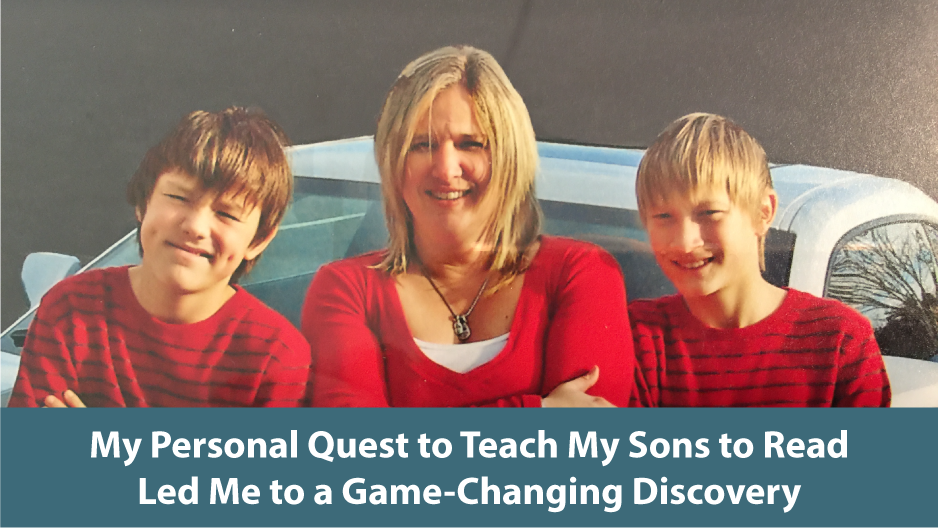
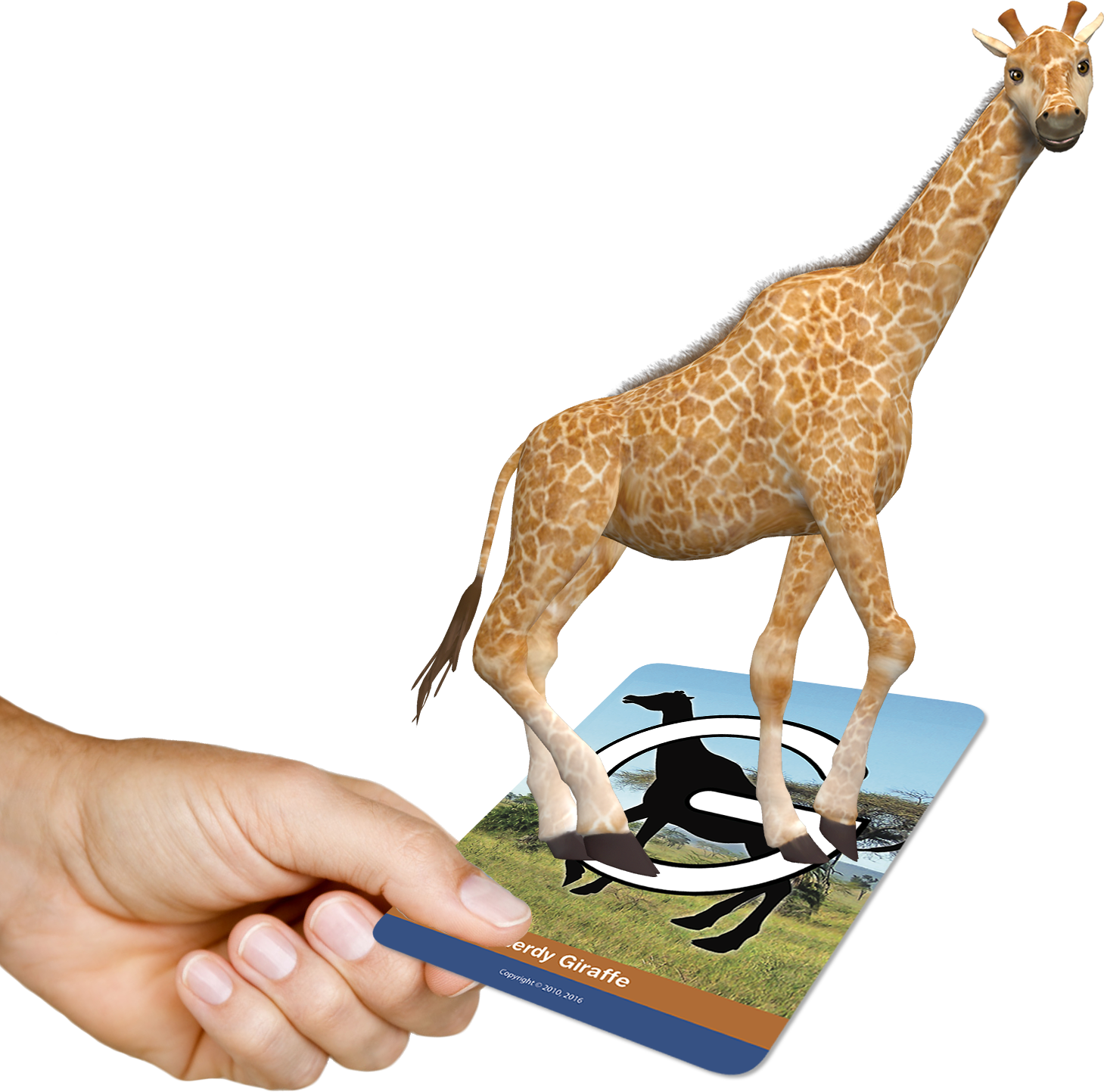
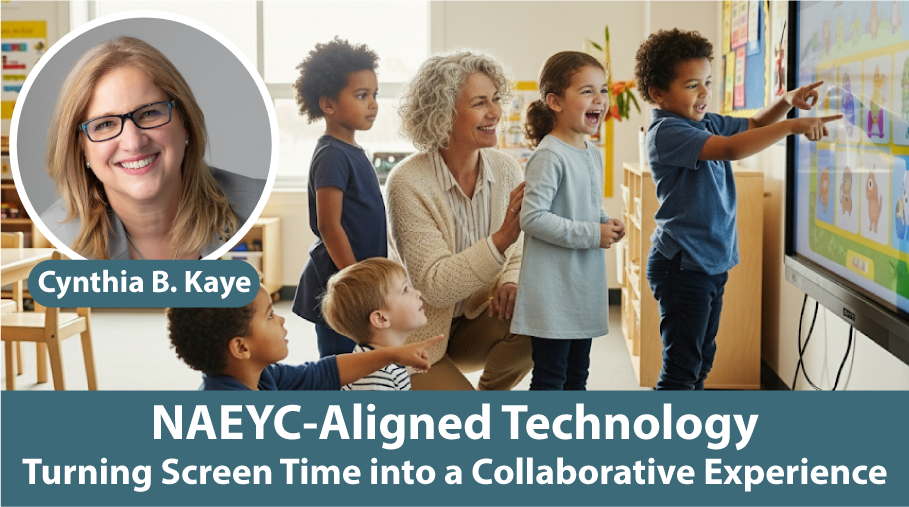


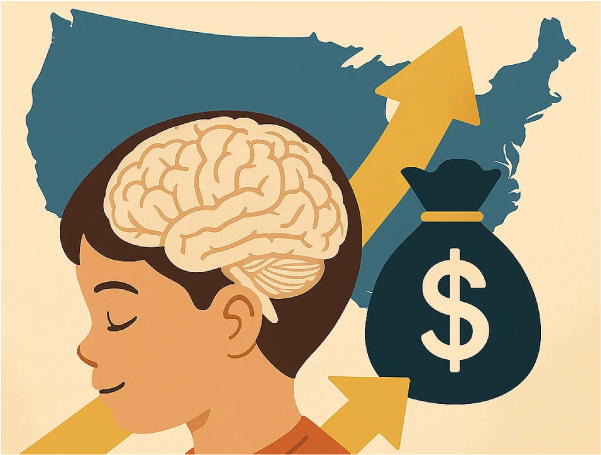
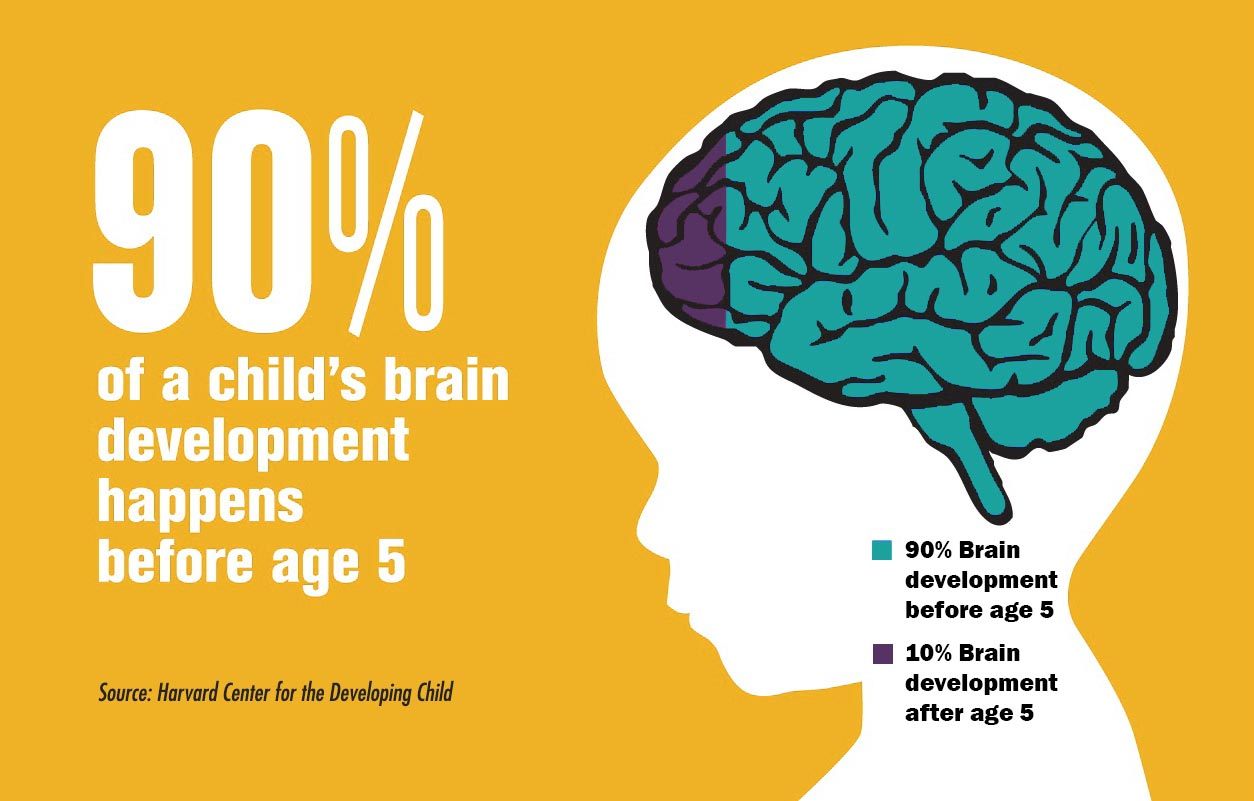
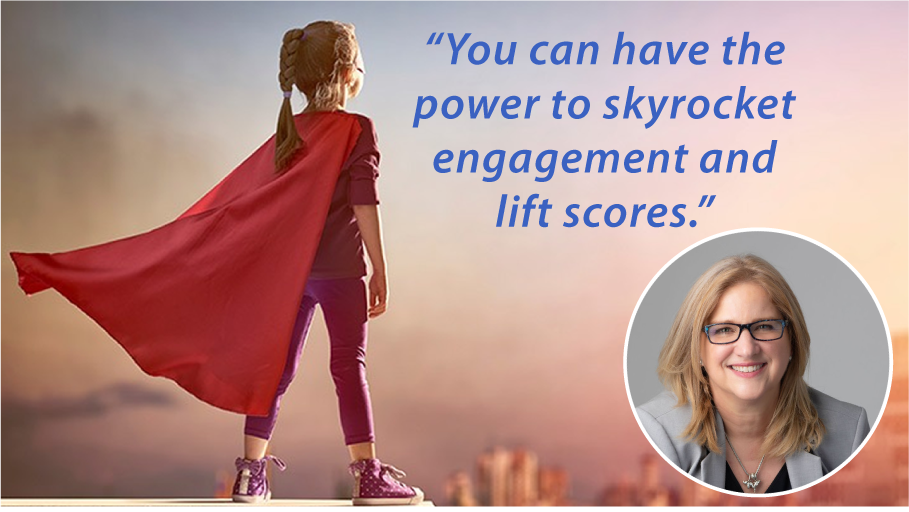

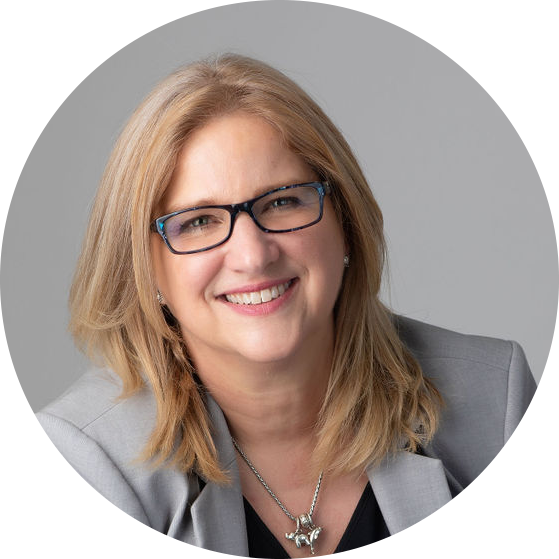
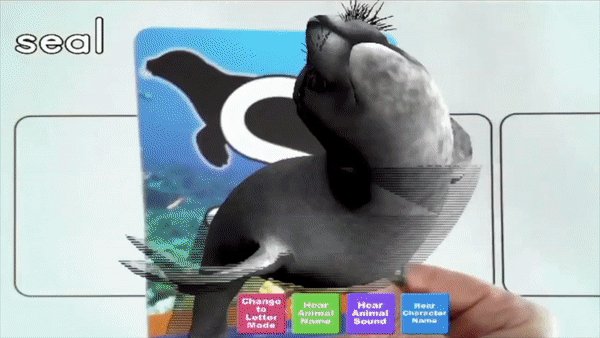


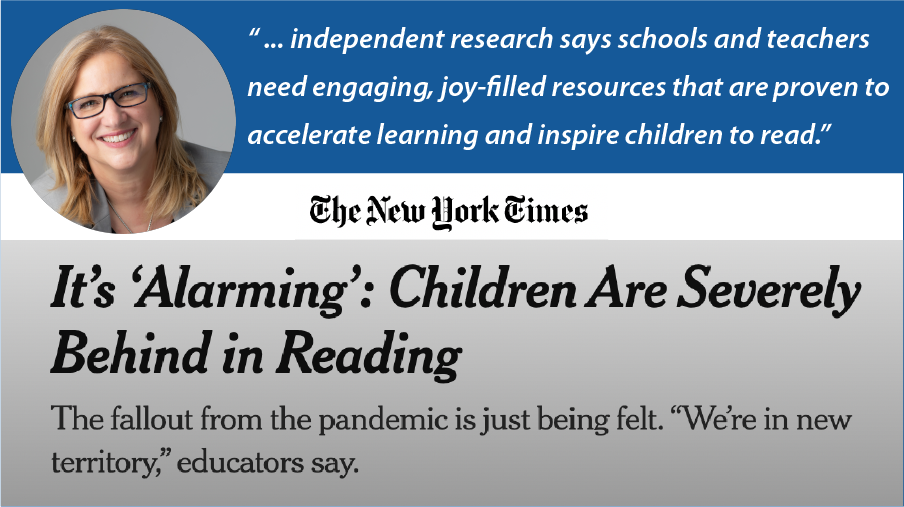
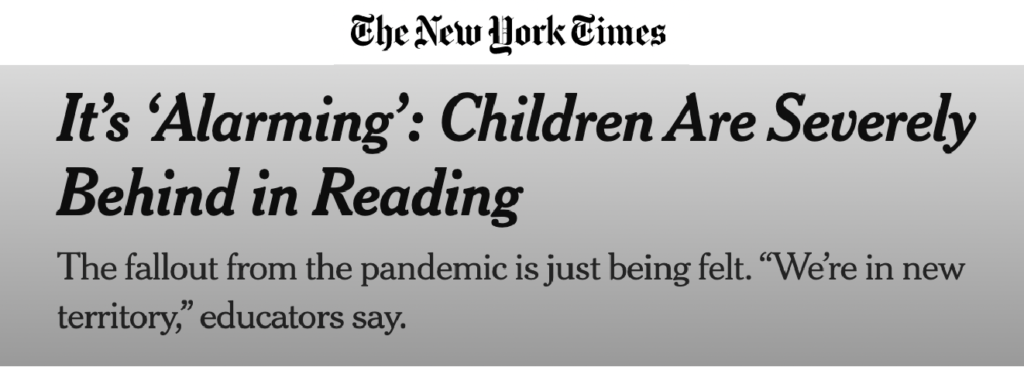






 My mom actually introduced Adaline to the
My mom actually introduced Adaline to the 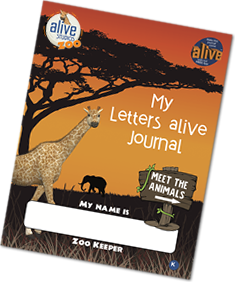


 Now, with schools and businesses closed down, we have the time to brainstorm ideas for how we can help make a difference for educators, parents, and children. And… you guessed it! The production of our kid show came to mind! The ideas for the Zoo Crew Alphabet Show came flooding in! After our team was able to hash out our desired format, we began production and posting episodes onto our YouTube Channel,
Now, with schools and businesses closed down, we have the time to brainstorm ideas for how we can help make a difference for educators, parents, and children. And… you guessed it! The production of our kid show came to mind! The ideas for the Zoo Crew Alphabet Show came flooding in! After our team was able to hash out our desired format, we began production and posting episodes onto our YouTube Channel, 

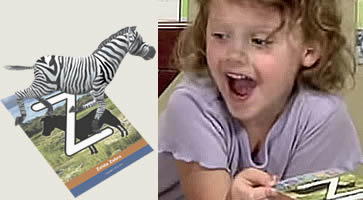
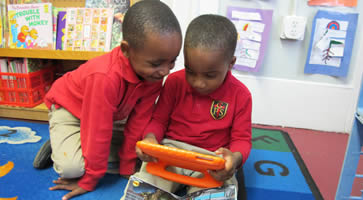

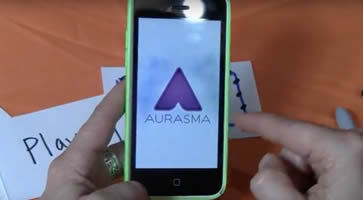
 I know we are all looking for differentiated learning experiences that engage our students. One of the products I want to share with you is called Aurasma. Aurasma is a free DIY (do it yourself) augmented reality app for your smart device. You can use it to “bring to life” anything or object in your classroom. The thing I really like is its intuitive menu system. It doesn’t take long at all to find your way around it and begin creating your own augmented reality magic.
I know we are all looking for differentiated learning experiences that engage our students. One of the products I want to share with you is called Aurasma. Aurasma is a free DIY (do it yourself) augmented reality app for your smart device. You can use it to “bring to life” anything or object in your classroom. The thing I really like is its intuitive menu system. It doesn’t take long at all to find your way around it and begin creating your own augmented reality magic. 

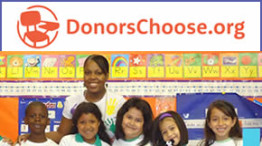 DonorsChoose.org makes it easy for anyone to help a classroom in need. Public school teachers from every corner of America create classroom project requests, and donors can give any amount to the project that inspires them. Teachers simply post their need and the product they wish to have, and donors can choose to make donations to fund the project. According to their website, over 70% of projects get funded. Periodically, Bill and Melinda Gates offer a matching program where they match any project donation.
DonorsChoose.org makes it easy for anyone to help a classroom in need. Public school teachers from every corner of America create classroom project requests, and donors can give any amount to the project that inspires them. Teachers simply post their need and the product they wish to have, and donors can choose to make donations to fund the project. According to their website, over 70% of projects get funded. Periodically, Bill and Melinda Gates offer a matching program where they match any project donation.
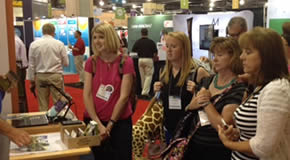
 The traffic seems non-stop at the shows and the attendees are always hungry for the latest technology trends in education. This, of course, is right up our ally since we are the world’s first company to develop an full-year, early education, supplemental curriculum using augmented reality technology. Our small booth size is compensated for by our 3D animated animal characters bellowing out of our sound system, which makes it tough for passers by to not be drawn into the curiosity zone.
The traffic seems non-stop at the shows and the attendees are always hungry for the latest technology trends in education. This, of course, is right up our ally since we are the world’s first company to develop an full-year, early education, supplemental curriculum using augmented reality technology. Our small booth size is compensated for by our 3D animated animal characters bellowing out of our sound system, which makes it tough for passers by to not be drawn into the curiosity zone. We hold a drawing, which is open to all attendees who enter their names. On the last day of the show, we draw quite a crowd as we announce the winner.
We hold a drawing, which is open to all attendees who enter their names. On the last day of the show, we draw quite a crowd as we announce the winner.